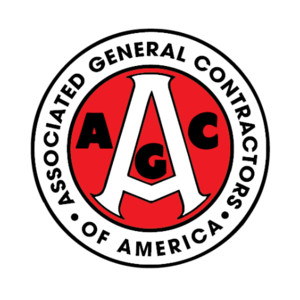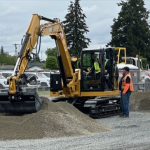Crane incident could prove the enormous cost of some unsafe time-saving measures
 After investigation, it seems we may know what caused April’s fatal crane collapse at a Google campus construction site in Seattle’s South Lake Union.
After investigation, it seems we may know what caused April’s fatal crane collapse at a Google campus construction site in Seattle’s South Lake Union.
The Seattle Times, citing interviews with industry experts, reported last month that it appeared workers took premature steps for tower deconstruction that destabilized the crane to the point where it toppled in gusty winds, killing four people as it crashed to the street below. The mast of the crane separated in two segments, indicating that bolts holding the structure together may have been loosened ahead of time in a time-saving measure.
The collapse made national headlines and prompted investigation by the Washington State Department of Labor & Industries, which is still looking into the construction firms involved with the site at the time of the incident. L&I recently cleared Seaburg Construction, one of five firms, finding no violations after Seaburg adequately proved it hadn’t been responsible for the collapse. The state agency hasn’t yet confirmed the hypothesis of early tower deconstruction andis still investigating the other four companies, which are general contractor GLY Construction, subcontractors Northwest Tower Crane Service and Omega Morgan, and crane owner Morrow Equipment.
The collapse in Seattle was followed by a similarly tragic mid-June incident in Dallasin which a construction crane fell into a building, killing one person and injuring five. Winds in Dallas hit 70 mph on the day of the crash, driving the crane through apartments, and while the exact cause of that collapse is also as yet unknown, industry experts point toa 2012 crane disaster in Dallas when citing their belief that early loosening of the assembly bolts could have destabilized the tower before the heavy winds rolled in.
The Seattle Times notes that tower cranes have been a feature in Seattle throughout the city’s construction boom. Before the most recent crash, Seattle’s last fatal crane incident happened in 2006. If the paper’s reporting proves correct, this could be another harrowing reminder that some time-saving tactics could really have enormous costs.








